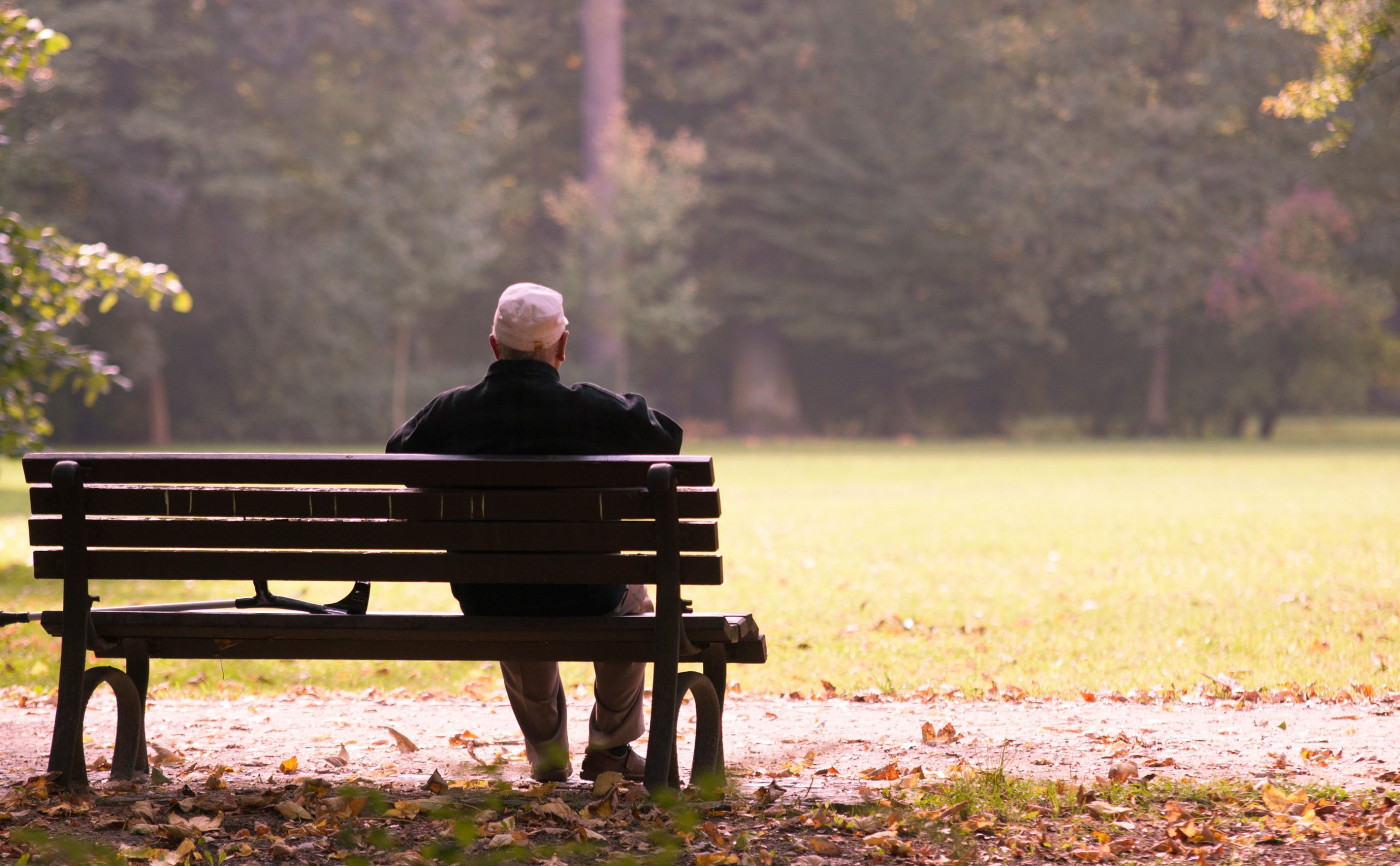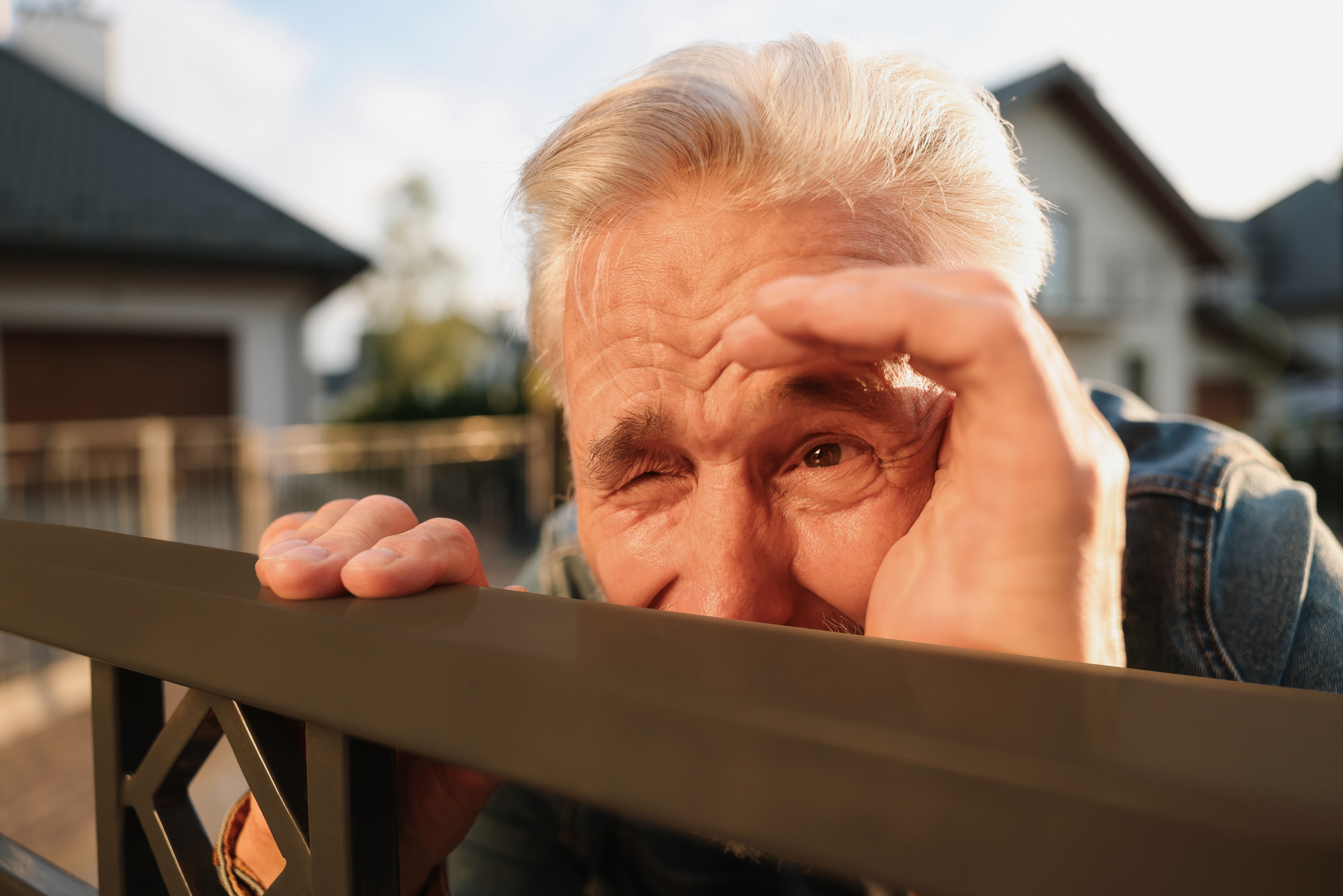The image of retirement once brought to mind leisurely strolls, bustling community events, and a calendar full of lunch dates and local outings. But in recent years, many older adults are retreating more into the comfort—and isolation—of their own homes. Social calendars that were once brimming with activity are now gathering dust.
Whether it’s physical limitations, changing social dynamics, or something deeper, older adults are finding fewer reasons to venture out. Understanding what’s holding them back is the first step toward helping them re-engage with the world beyond their front door.
Fear of Falling and Physical Limitations
One of the most common reasons older adults stay home is the fear of falling or getting hurt while out and about. Aging often comes with reduced mobility, balance issues, and slower reflexes, which can make even a simple trip to the store feel daunting. Concerns over icy sidewalks, uneven pavement, or crowded spaces can quickly outweigh the appeal of any outing. Many seniors also deal with chronic conditions like arthritis or heart issues that make movement painful or tiring. To help counter this, accessible transportation, safe walking paths, and low-impact fitness programs tailored to seniors can restore a sense of control and confidence.
Social Circles Are Shrinking
As people age, their social circles often begin to shrink due to friends moving away, illness, or even loss. The result is a growing sense of isolation that can make going out feel more like a chore than a joy. Without a companion to join for coffee, errands, or a community event, many older adults opt to stay home instead. Loneliness has a way of feeding itself—staying in leads to more isolation, which then makes the idea of going out even harder. Building intergenerational activities and local meet-ups can help rekindle those connections and give older adults a reason to rejoin the community.
Transportation Challenges
Public transportation systems aren’t always built with older riders in mind. Bus stops may be far from home, schedules can be confusing, and getting on and off can pose real difficulties for those with limited mobility. Not all seniors drive, and even those who do might feel uncomfortable or unsafe behind the wheel as their reflexes or eyesight decline. The lack of easy and reliable transportation quickly becomes a major barrier to getting out. Programs that offer shuttle services, volunteer ride shares, or simple travel training sessions can empower seniors to move around safely again.
Anxiety and Mental Health Concerns
Mental health challenges such as anxiety, depression, and even agoraphobia often go undiagnosed or untreated in older adults. These conditions can make stepping outside feel overwhelming or frightening. Unlike physical ailments, these emotional struggles are easier to overlook but just as debilitating. Many seniors might not recognize these feelings as treatable conditions, assuming they’re just part of aging. Offering access to mental health resources, peer support groups, and therapy options geared toward older populations can help break the cycle of fear and inactivity.
Changing Neighborhoods and Loss of Familiarity
The neighborhood coffee shop is now a bank, and the local library relocated across town. For older adults, these small changes can add up to a feeling of disorientation or alienation. Communities evolve, and what once felt like a welcoming, familiar environment may now seem unfamiliar or unwelcoming. When people no longer feel a sense of place or recognition in their surroundings, they’re far less likely to venture into them. City planners and local leaders can play a role in preserving community identity while creating inclusive spaces that respect the needs of longtime residents.
Overreliance on Technology
While technology can be a lifeline for many older adults, it’s also making it easier to stay isolated. Groceries can be delivered, prescriptions filled online, and virtual entertainment is available around the clock. With everything just a few clicks away, the need to physically go anywhere becomes less urgent. While convenience is beneficial, it can also chip away at reasons to leave the house. Encouraging digital balance—using tech for some needs while still engaging in real-world activities—can help restore the habit of going out.
Lack of Purpose or Motivation
Without a sense of purpose, daily routines can start to feel aimless. For older adults who are no longer working or raising a family, it’s easy to lose track of time and find little reason to go outside. Boredom can slowly evolve into lethargy, creating a passive lifestyle that reinforces staying home. Purpose doesn’t have to be grand—it might be as simple as volunteering, joining a book club, or mentoring a young person. Communities that create opportunities for seniors to contribute and feel needed can reignite motivation and drive.
Fear of Crime or Unsafe Conditions
If a neighborhood feels unsafe, even confident older adults will think twice before heading out. Whether it’s a real increase in crime or simply the perception of danger, fear can be a powerful deterrent. The idea of being targeted or caught in a vulnerable situation creates a natural tendency to stay indoors. Poor lighting, lack of security, or reports of theft in the area all contribute to this mindset. Ensuring safer public spaces and sharing accurate crime statistics can help reduce irrational fears and build a sense of security.
Health Crises Have Reshaped Habits
The COVID-19 pandemic dramatically shifted the way people engage with public life, especially older populations who were at higher risk. Habits formed during lockdowns—such as staying in, limiting interaction, and avoiding public spaces—have proven hard to break.
Even with vaccines and safety measures in place, the psychological impact lingers for many seniors. Some have adjusted so thoroughly to home-based routines that going out now feels like stepping into unfamiliar territory. To move forward, trusted voices in the community need to share messages that it’s safe and important to re-engage, while offering gradual re-entry options.
Helping Older Adults Reconnect With the World
Older adults may be spending more time indoors, but that doesn’t mean they’ve lost the desire to be part of the world around them. Sometimes all it takes is a little encouragement, a small accommodation, or a meaningful invitation to spark change. When families, neighbors, and communities work together to identify and address these barriers, they unlock the door to better health, stronger relationships, and a richer life experience. Thoughtful programs, inclusive design, and consistent outreach are key to helping seniors feel seen, supported, and welcome outside their homes. With the right approach, the joy of going out can become a regular part of their lives again.
What do you think are the biggest barriers keeping older adults from getting out more? Drop your thoughts or experiences in the comments.
Read More
7 Cities That Are Worth Seniors Taking A Look At For Retirement
Why Some Elderly People Are Choosing Homelessness Over Senior Homes


